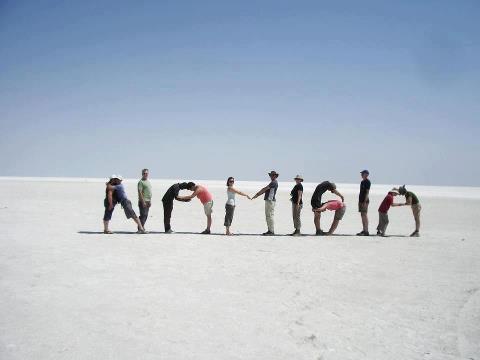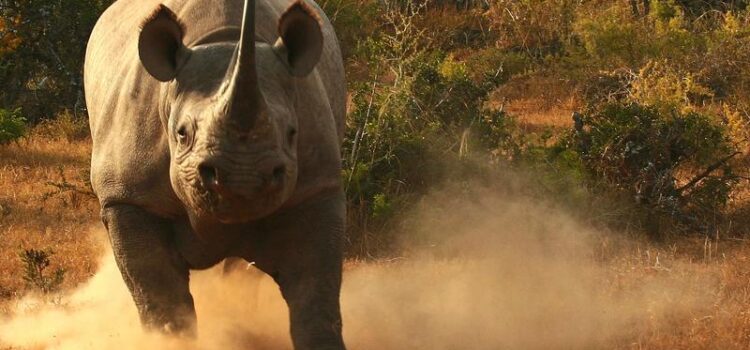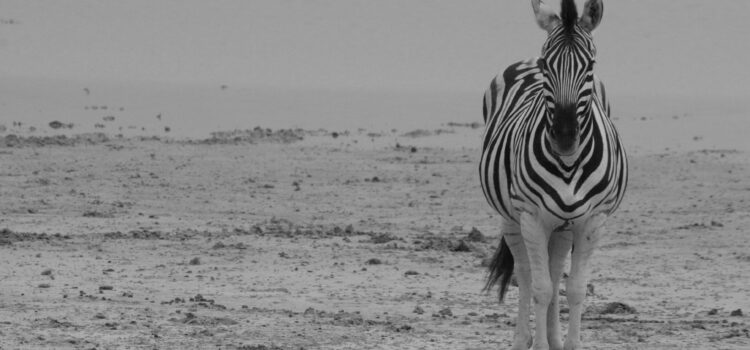This year Namibia celebrates a quarter century of independence.
21st March 1990 – I was too young to vote, but it was a momentous occasion… even if the flag lowering ceremony was about ten minutes late – This is Africa, after all!
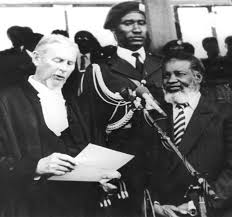
Namibia is a very young nation, with an ancient history; being home to the oldest desert in the World and one of the oldest peoples in the World, the San hunter/gatherers.
Namibia is an arid country, with the seemingly impenetrable Namib Desert stretching along the entire west coast of the Country. This meant that for many years we were over-looked by Europeans looking for new territories to colonise.
However in the early 1800’s Namibia became a German colony – mainly because the Germans were looking for a way to poke a stick at the British Empire; colonising Namibia prevented Britain from having control of a massive, continuous swath of the African continent that stretched from Southern Africa to the horn of Africa
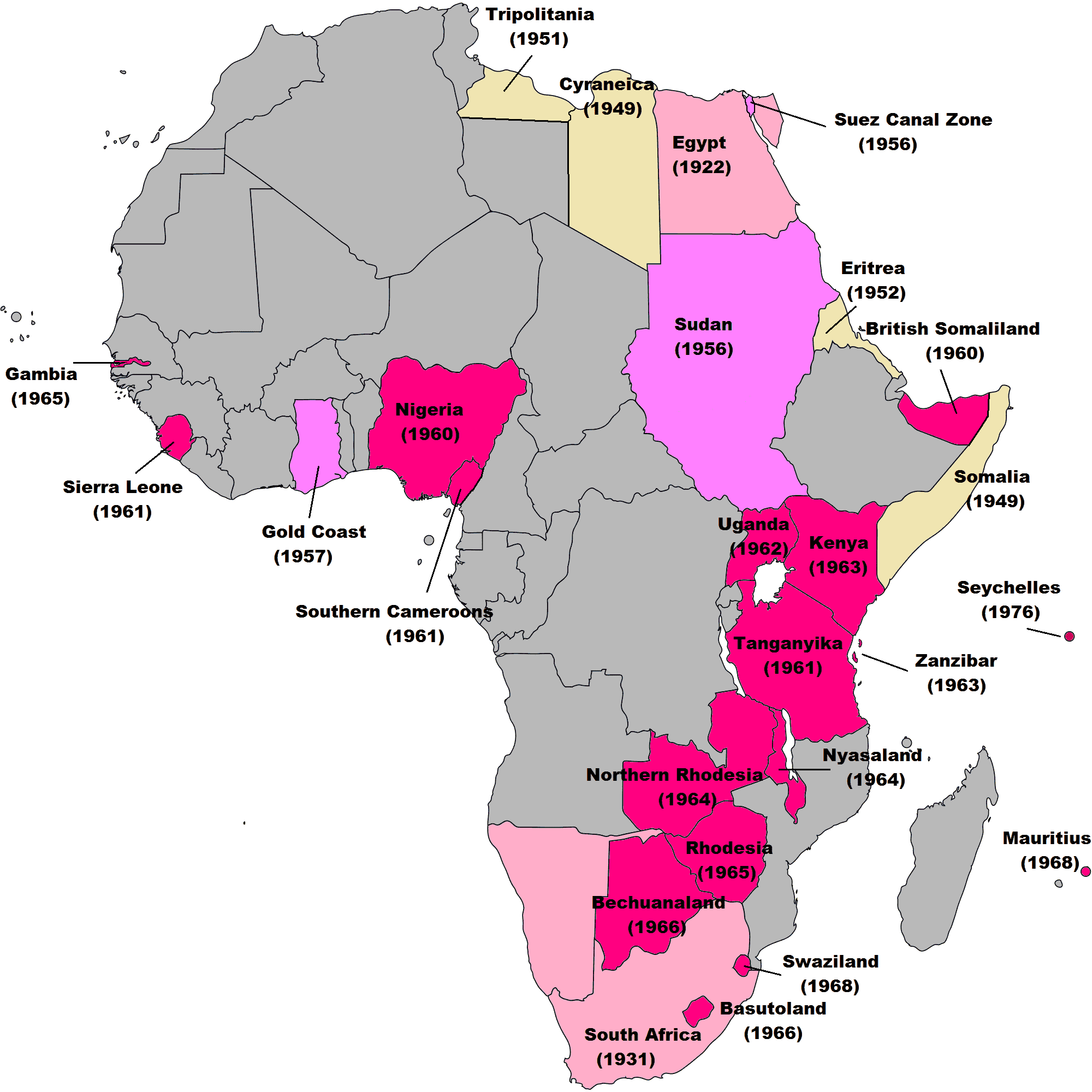
Unfortunately very little is known of the Namibian history pre-dating European colonisation because the Europeans were the first to keep written records, but it is known that there were complex societies and cultures in place when the Germans arrived in Namibia.
The German history of Namibia is fraught with land disputes, skirmishes and a lot of blood-shed. The discovery of diamonds in Namibia in 1908 led to an influx of German settlers to the area, with populations increasing from 3,700 in 1903 to over 13,000 in 1910.
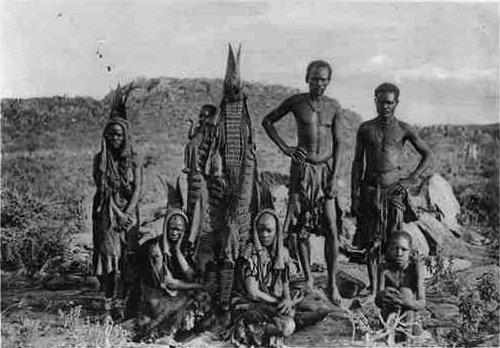
During this bloody period of Namibian history resulted in a huge loss of life to the local populations, approximately 100,000 Namibians lost their lives during the period 1890 – 1908.The worst of these losses were suffered by the Herero population.
After the First World War the Treaty of Versailles was signed and Germany lost its entitlement to all its colonial property and what was then South West Africa became a mandate of the League of Nations, who passed on the administration to South Africa.
Unfortunately the situation under South African rule did not improve for the local populations, in 1948 the National Party came into power in South Africa and Namibia was very much treated as a fifth province and the colonial segregation policies was intensified under the apartheid regime.
Apartheid translates to ‘live separately’ and this meant that people of different backgrounds and cultures had to be separated and a lot of people we uprooted.
Considering the relatively short amount of time that the Germans were in power in Namibia, they did have a rather dramatic impact on the country often over-shadowing all else.
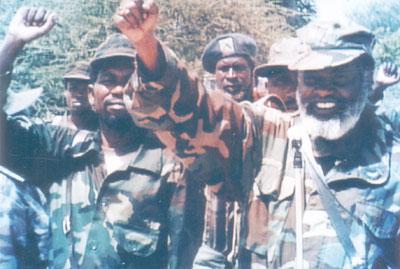
The Namibian War of Independence started in 1966 when the United Nations revoked South Africa’s mandate to govern the then South West Africa. On the 26th August 1966 the South West Africa People’s Organisation (SWAPO) launched the first attack against the South African Defence Forces.
This day is recognised as Namibia Day by the UN, and in Namibia it is still a public holiday, Heroes’ Day.
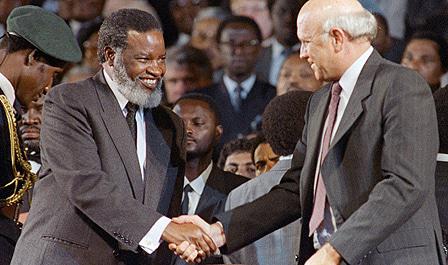
The war eventually ended in 1988 when the New York Accords was signed and under the auspices of the UN elections were held in 1989 and Namibia was declared an independent country in 1990.
A climate of national reconciliation prevailed after independence resulting in a peaceful transition into independence, and it is in this atmosphere that the new Namibian constitution, emphasizing human rights, civil rights, property rights and conservation was adopted.
After its first two decades of independence Namibia is still proving to be an economically and politically stable country and, arguably, the safest destination in the entire Southern African region!
